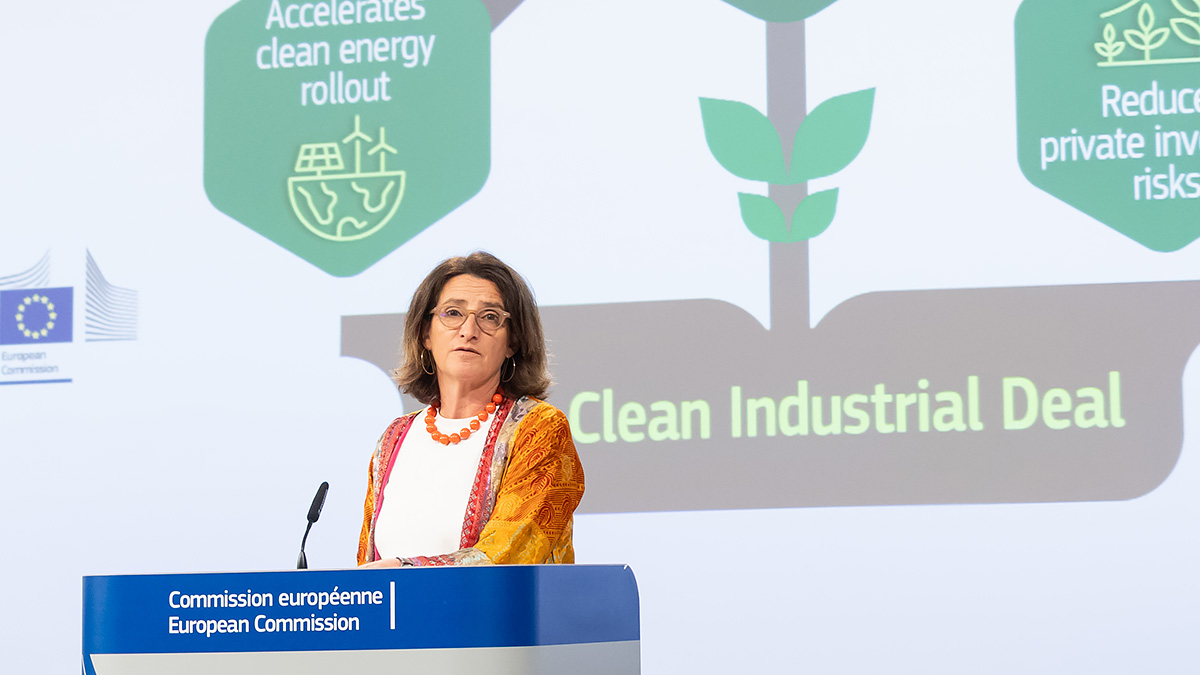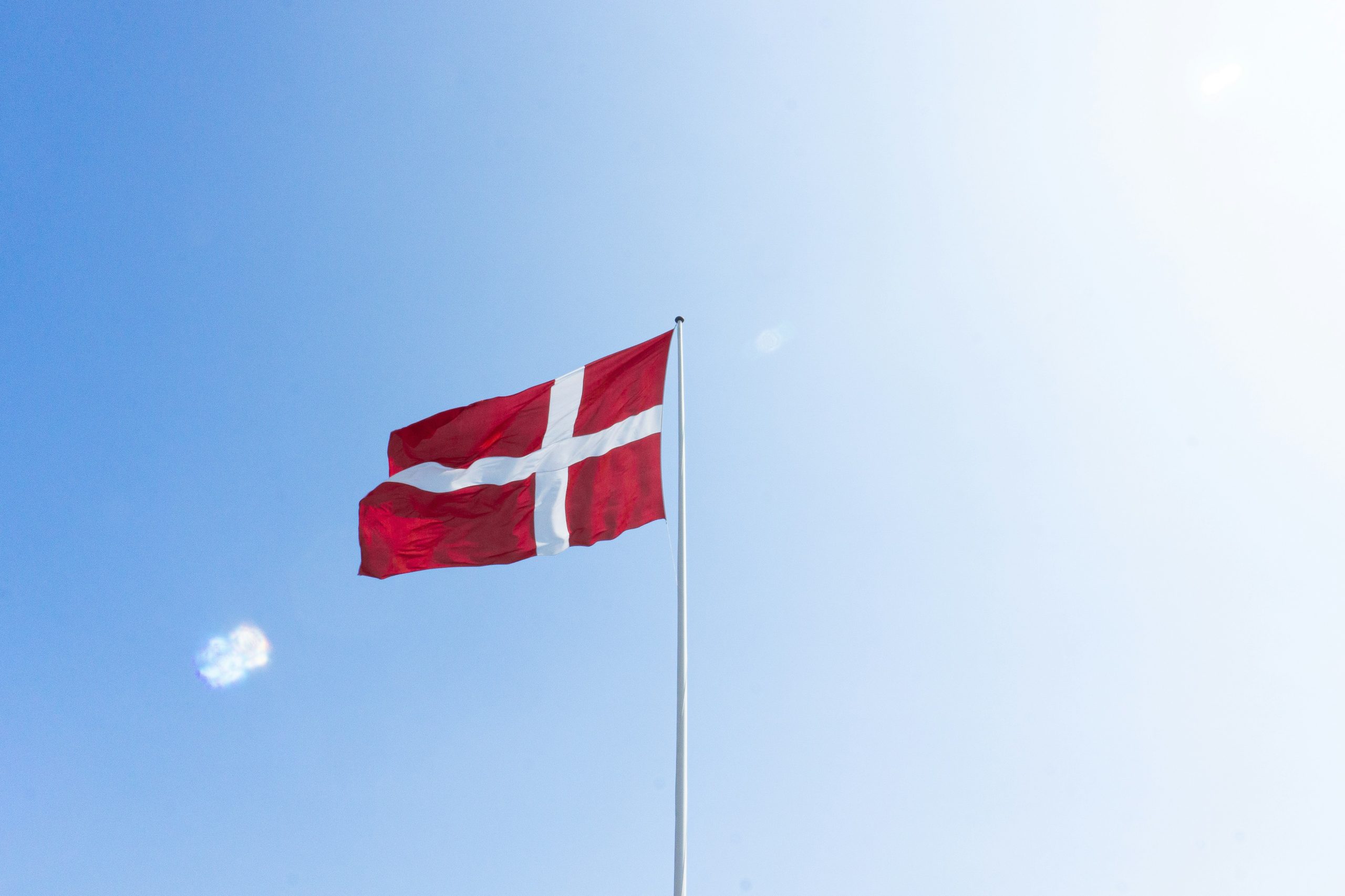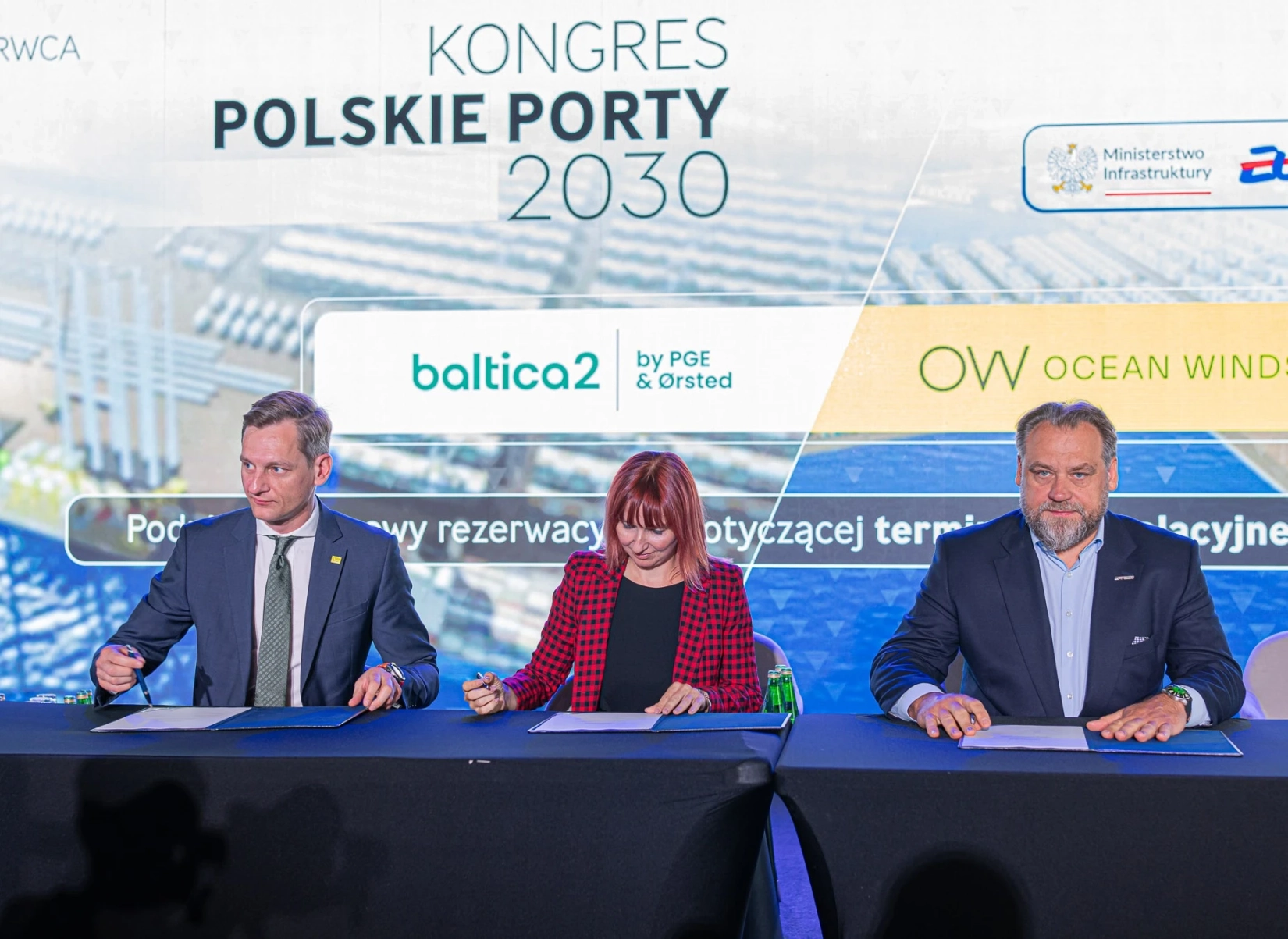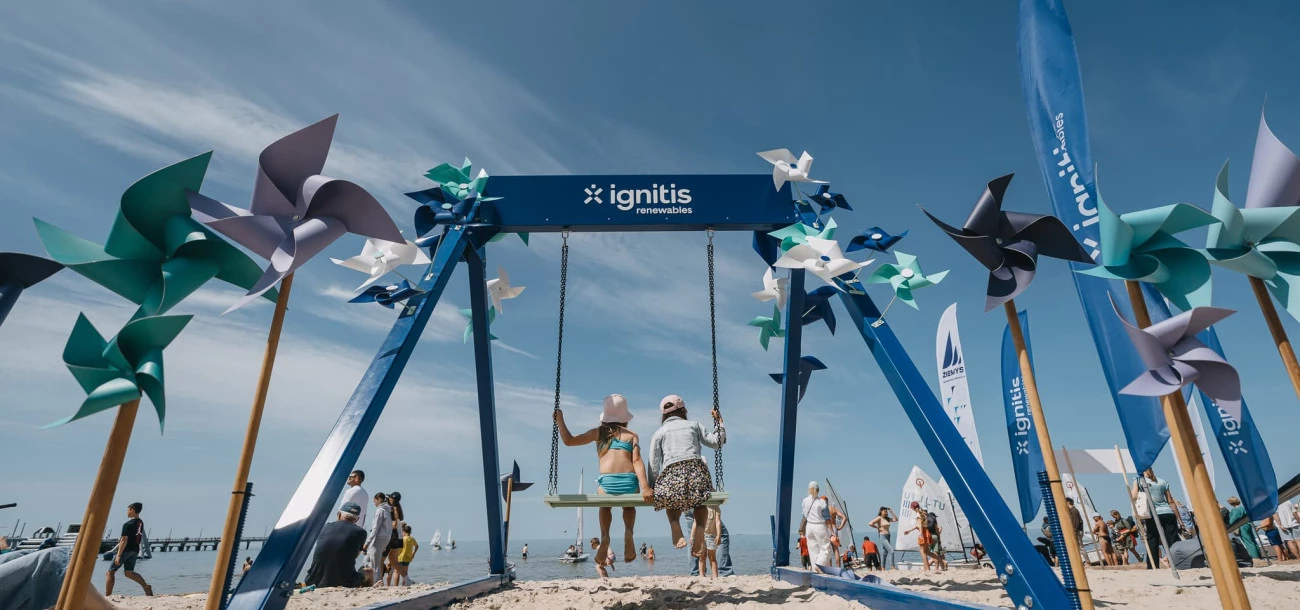SMHI has been granted a research grant from the Swedish Environmental Protection Agency and the Norwegian Water Resources and Energy Directorate to investigate, in collaboration with, among others, OX2, whether artificial oxygenation can contribute to restoring parts of the Baltic Sea that are currently oxygen-free. The oxygen gas is a by-product from hydrogen production at two sea-based energy parks that OX2 is planning, Neptunus off Blekinge and Pleione east of Gotland.
The spread of oxygen deficiency and oxygen-free areas in the Baltic Sea is caused by, among other things, eutrophication. When the seabed becomes deoxygenated, it affects the entire food chain, the lack of vegetation and benthic animals causes a lack of food for fish and affects fish stocks, which in turn affects bird life and marine mammals. Not least the cod that spawn in the deep parts of the Baltic Sea are greatly affected by the lack of oxygen. The low levels of oxygen also contribute to summer algal blooms.
During hydrogen production, oxygen is produced as a by-product. Usually this oxygen is vented into the atmosphere, but now SMHI has been granted a grant to, in collaboration with, among others, OX2, scientifically investigate what effect it would have on the marine environment to use oxygen from the sea-based energy parks Neptunus and Pleione to oxygenate the deep water in the Baltic Sea in order to contribute to increased biological diversity. OX2 has applied for permission from the government to produce 370,000 tonnes of hydrogen at Neptune, which would produce almost 3 million tonnes of oxygen per year.
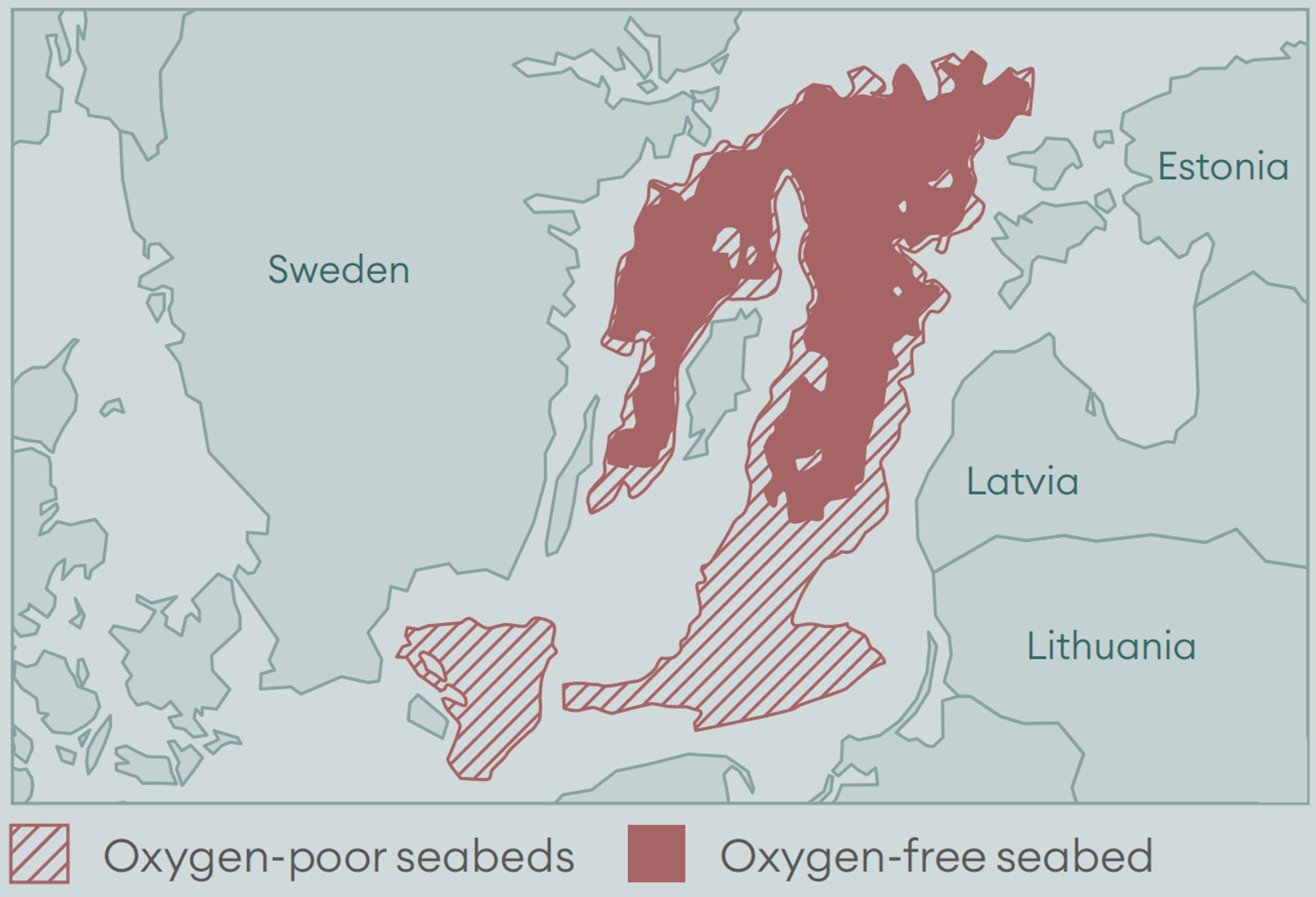
Image: OX2
SMHI will be responsible for research into how the oxygen content will change in the Baltic Sea. The project also includes researchers from Stockholm University (SU) and the Norwegian Research Center (NORCE) who, in collaboration with SMHI, will discuss the effects of oxygenation on the Baltic Sea and the marine environment. As part of the project, the technical conditions for pumping down and spreading the oxygen will also be mapped. OX2 contributes knowledge about the energy projects. The research will focus on how the oxygen can spread in the Baltic Sea, how the oxygen content changes over time and what impact it can have on the ecosystems.
– Areas with oxygen-poor bottoms are historically large. It is therefore important, in addition to continuing to reduce the nutrient supply, to turn over every stone to see how the situation can be improved. By using models, you can use the precautionary principle and find out the long-term effects before a possible next step is taken, says Sam Fredriksson, Researcher in Oceanography at SMHI.
– This could be a fantastic opportunity to not only produce fossil-free energy but also contribute with nature-positive measures to recreate a healthier ocean. At the same time, all interventions in nature must be carried out carefully. Therefore, we are very happy to work with SMHI to explore the possibilities of this technology, says Elina Cuellar, Development Project Manager, OX2.
In connection with the project, OX2 will also collaborate with Uppsala University and Baltic Waters on how the oxygenation and support releases of cod can contribute to strengthening the cod stock in the Baltic Sea. During the year, trials will begin to find out whether support releases and oxygenation can contribute to better living conditions for the cod.
Source: OX2





